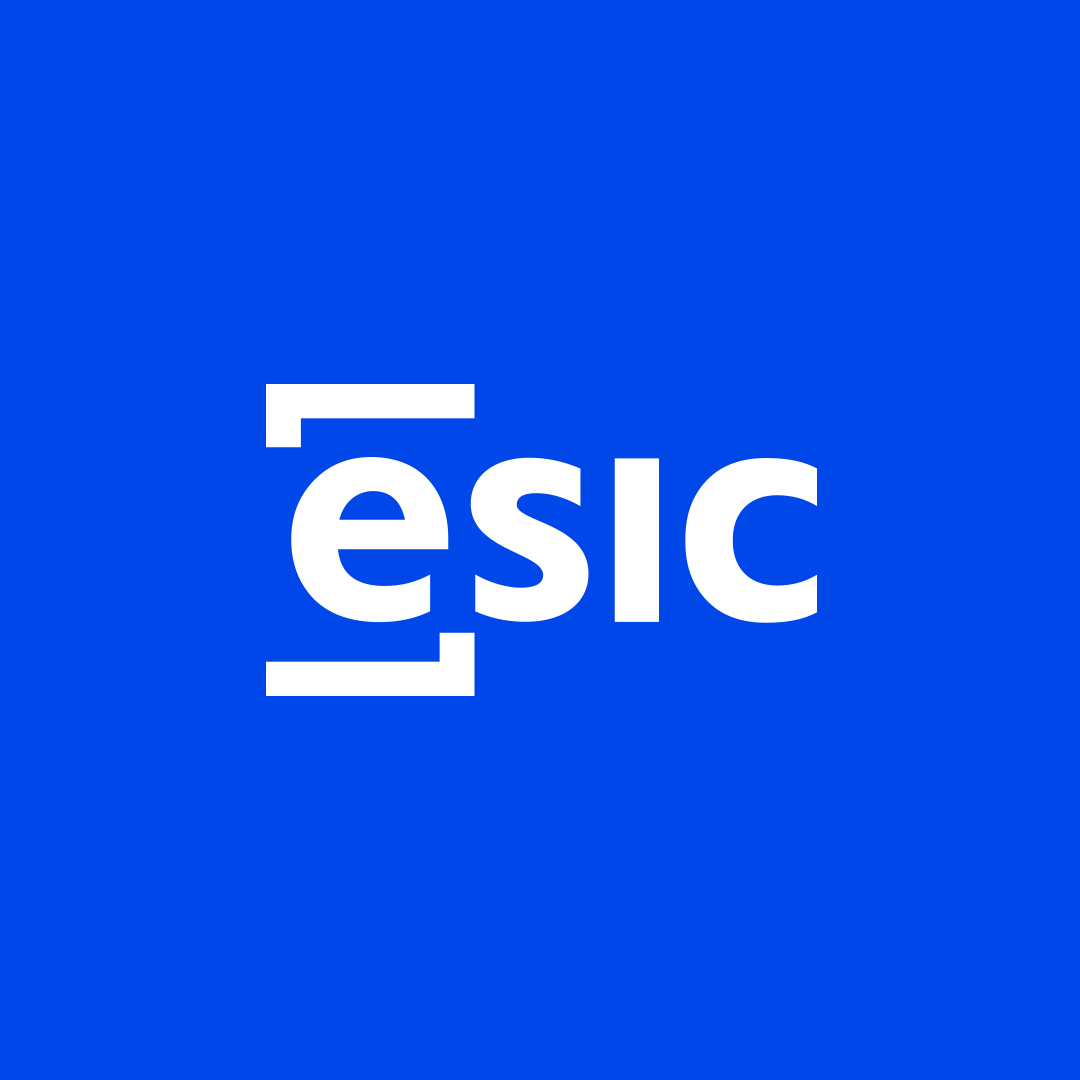
Outlets Malls of the Future: An Approach to Customer’s Expectations
Comercial y Ventas | Artículo-
Visitas1835
- març 2021
- Fecha de publicación
- març 2021
- Comercial y Ventas
- Artículo
We want to share with you some of the managerial implications derived from the last paper published by ESIC’s research lab: MADGIC. Reference: Buil López-Menchero, T., Mata García, P., Gomez Campillo, M., & Delgado-de Miguel, J. F. (2020). Outlets malls of the future: an approach to customer’s expectations. Economic Research-Ekonomska Istraživanja, 1-16.
In recent years, the number of outlets has increased significantly. Although there is an abundance of research about how outlets have traditionally looked, there is very little said about how these outlets will function in the future, and even less about outlet users’ expectations in the years to come. Our research determines which features (in terms of type of stores, entertainment venues and services, and technology) an outlet should have to address the likes and preferences of customers segmented by different demographic characteristics.
Our paper shows that the type of store expected by outlet users is conditioned by user’s demographic characteristics. In our research, gender and age undoubtedly condition the kind of store the outlet of the future will need to have. Apparel and accessories have moved from the background to the forefront to become the anchor attraction in an outlet mall. This idea is consistent with the commercial mix that usually exists in primary shopping centres, where the aforementioned categories represent the largest number of establishments.
We also demonstrated that the kind of entertainment expected by outlet users is conditioned by users’ age and gender. It is clear that the shopping centre is no longer just a place for shopping. Malls must now offer a wide portfolio of entertainment services that provide customer leisure while serving as a claim for the customer’s visit. Furthermore, these additional services can be a strategic key to differentiate from other competing outlet centres. Our research also provides insights to allow business managers to prioritise the implementation of some services over others according to the age and sex of the target audience to which the outlet mall is positioned.
Finally, we found differences with regard to the kind of technology innovations expected in terms of age. In terms of gender, we only found differences in the high-tech mirrors to try on clothes (magic mirrors) category. Although we had advanced that sociodemographic characteristics could affect users’ attitude towards technology, we were unable to find statistically significant differences in terms of marital status or gender, which, in our opinion, shows that technology has become part of our daily life regardless of personal factors.
In sum, all age groups seek outlets with sport, apparel, and accessory stores; open air cinemas and sport events projection; and free Wi-Fi. Specifically, people between 18 and 28 years old want to find magic mirrors. People aged 29 to 39 years prefer to find playrooms and playgrounds for children, child GPS tracking systems, and nurseries; these findings highlight the importance that their family status (i.e., having children) has on their expectations about the outlet of the future. The previous characteristics also appear in the 40–50- and the 51–60-year-old groups, although with only minor importance. For these latter age groups, some new categories also show up, such as the existence of multi-adventure tracks and the availability of Virtual Reality Games for children and adults.
These results represent an important starting point for decision makers who wish to manage outlet malls based on a customer centric strategy. Additionally, this study facilitates the design of future outlets addressed to target users.
- Tamar Buil, Directora de Investigación campus ESIC Zaragoza, profesora del Grado en Marketing y Socia Directora de AC Consultores
- Pedro Mata, Coordinador del Grado en Marketing de ESIC-USJ. Responsable de Emprendimiento. Profesor Área Universitaria y Postgrado. IP del Grupo de Investigación MADGIC. Economista colegiado. Socio de Smartpoint
- María Gómez Campillo, Directora del Máster de Comunicación Corporativa y Marketing ESIC-USJ. Profesora de Grado y Postgrado. Socia- Directora en My Consulting
- Juan Delgado, Director del Grado en Marketing de ESIC-USJ. Profesor de Grado y Posgrado. Socio fundador de AC Consultores
También te puede interesar

Team building: qué es y cómo podemos implementarlo en una empresa
Los empleados son la estructura de cualquier empresa. Sin ellos, el negocio no saldría adelante, motivo suficiente para tener departamentos encargados tan solo de buscar estrategias para que los empl...
- Publicado por _ESIC Business & Marketing School

Qué es el modelo zero trust y cómo ayuda a mejorar la seguridad de tu empresa
La pandemia de covid-19 supuso un antes y un después en el funcionamiento de las compañías. La sociedad al completo se vio obligada a trabajar desde casa, lo que hizo que las empresas tuvieran que ...
- Publicado por _ESIC Business & Marketing School

Dirección estratégica: qué es, para qué sirve y ejemplos
¿Vale todo el mundo para dirigir una compañía? Ser ambicioso y querer ascender en una empresa es, por supuesto, algo positivo y gratificante. Pero ¿qué ocurre cuando muchas personas llegan al pun...
- Publicado por _ESIC Business & Marketing School

